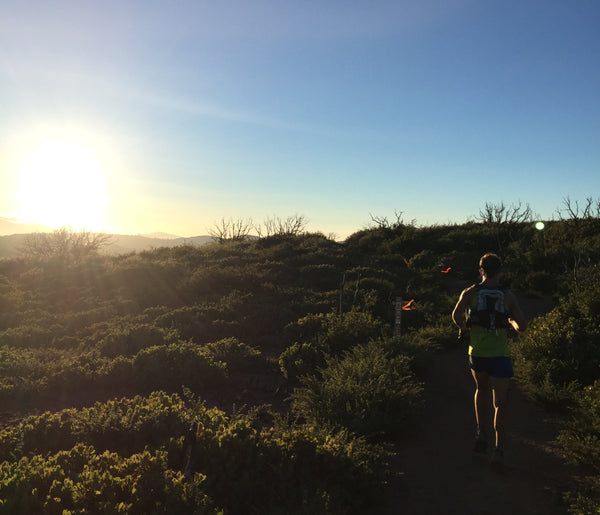It's always nice to get a new job off on the right foot. Our newest rabbitPRO, Kris Brown, did just that this weekend, snagging the win at the San Diego 100, his first 100 miler. The race didn't get off to a perfect start, but patience and strength won the day. Kris shares the story of how it all went down.

















